Forget ChatGPT & Gemini — Here Are My Go-To AI Tools for Real Work
Here, I'm write down the exact AI tools I rely on, how I use them, and why they're game-changers.
Let’s be honest — by now, everyone knows about ChatGPT and Gemini.
One’s from OpenAI. The other’s from Google. And yes, they’re insanely powerful AI LLM models that can help with everything from writing to coding.
But here’s what most people miss: There are many other AI tools I use every day to get more done, save time, and stay ahead.
And in this post, I’ll explain which AI tools I use, how I use them, and why they’re so helpful.
In short, these are the AI tools I use daily to:
Run parts of my business almost on autopilot
Create content and products faster than most teams
Save thousands of dollars I’d otherwise spend on outsourcing
Note: If you found this post valuable or learned something new, consider becoming a paid subscriber to this newsletter. It’s the best way to support my work and keep this kind of content coming.
With that said, let’s get started.
1. Perplexity
You know, I’ve been following, and writing about the latest AI news, and for that I can need to stay updated with recent developments in the AI field.
At the same time, I’m also focused on growing my LinkedIn account, so I post content about AI there too.
But let’s be honest — watching a couple of YouTube videos to catch up on AI news can easily take an hour or more. And I don’t want to spend that much time.
So instead of that, I simply ask Perplexity to give me the latest AI news for today, and here’s what it generates:
You see, I get all the latest info about AI, along with credible sources. This way, I can catch up on everything important within minutes.
Plus, it even has a “Discover” tab that I often use to explore news on other topics too.
2. NotebookLM
Well, I’m spending a lot of time learning about AI and writing the best content in my Substack newsletter.
And to be honest, AI has a lot of complex concepts, too many research papers to read, and needs too much time.
That’s where I’m using NotebookLM to learn in the easiest way possible.
First of all, I need to upload some of the PDFs or any similar content.
And then I can ask it any questions I like, generate a mindmap, video, or a podcast based on what I’ve uploaded.
And the best part is that it is completely free and from Google, so I can trust it and use it without any issue.
3. Google AI Studio
I’ve started using this one a lot recently after seeing all the different use cases.
But Nitin, what is Google AI Studio?
Well, it’s basically an app-like interface created by Google that lets you perform a wide range of tasks using AI.
So what can you actually do with it?
You can access and use the latest Google AI models like Gemini 1.5 Pro, Gemini 2.0 Flash, and other experimental models.
You can chat with Gemini, get real-time feedback based on what you’re looking for, and even share your screen to get context-aware answers.
That’s not all, you can generate media, build apps using Gemini, use the Gemini API directly in your own projects, and more.
In simple terms, Google AI Studio lets you interact with Gemini through text, voice, video, or even screen sharing , almost like having your own personal AI assistant.
And the best part? You can ask how to use a complex app or tool, and it will walk you through it in real time.
4. mymind
You know, I’m spending most of my time writing and learning about AI.
I constantly dive into the latest AI updates, read research, and write code to understand the technology better.
And with so much to explore, I often need to save tons of information to revisit later — that’s where I use mymind.
It’s a super useful Chrome extension that uses AI to organize everything you save. All you need to do is bookmark what you want to keep — it handles the rest.
The bookmarking process is insanely simple.
Just right-click on any image, link, note, or article to save it instantly.
Insane, right?
5. Replicate
Most of you may want to use some of the best AI models present out there from companies like Mistral, Google, OpenAI, Meta, and more.
Well, that’s where I use Replicate too often. It provides 1,000+ latest models that actually work and have production-ready APIs.
But what can you do? Well, you can get started with any model with just one line of code, run it, further fine-tune models with your own data, and also deploy your own custom models.
And the best part? You can run any model right inside Replicate, so you don’t need to think about compute power and all. Simply pay for what you use.
To get started, simply visit their site and click on the button, “Try for free.”
And then you can generate text, images, videos, speech, music, and even fine-tune models from the best.
Talking about the pricing, they have added each model’s cost on the specific model’s page.
6. DryMerge
Most of you may not have heard about this AI tool, but I’ve been using it for over a year now.
I’m talking about DryMerge, and it lets you automate anything just by chatting. Yes, you simply describe what you want to automate.
You can create automations by instructing when to trigger, what to do, how to process data, which actions to perform, where to send the output, which business tools to integrate with, and more.
And the best part? It’s backed by Y Combinator, so it’s trustworthy — plus, they support integrations with almost every popular tool out there.
As for pricing, they offer three plans, but you’ll need to request a quote from their team to get started.
7. CodeRabbit AI
If you’ve been reading my posts on Substack, you probably know that I’ve been working as a web developer for the past 5 to 6 years.
And now, thanks to AI tools, I’ve made the entire process of building and selling websites much simpler.
Along with that, I also work on personal projects and collaborate with a few companies. That’s where I’ve been using CodeRabbit AI to automate code reviews and catch bugs using AI.
This tool reviews my code line by line, gives suggestions, and points out mistakes almost instantly.
All I had to do was install the CodeRabbit app and configure it — now, whenever I raise a pull request, it automatically reviews the code for me.
As for pricing, they offer a 14-day free trial on any of their paid plans.
If you find it useful (like I did), you can continue with whichever plan suits you best.
8. Make & n8n
If you’re automating your tedious work using AI tools, you’ve probably heard about Make.com and n8n.
Here, I’ll be talking specifically about Make, since I’ve been using it a lot and have automated most of my repetitive tasks with it.
To be precise, Make is a no-code platform that lets you create “scenarios” to automate tasks — and even build custom AI agents the way you want.
If this sounds a bit complicated, don’t worry — both Make.com and n8n offer tutorials to guide you step-by-step in creating workflows and automating your processes.
As for pricing, you can get started for free with 1,000 operations per month.
And if you need more, you can choose from one of their paid plans.
9. Leonardo AI
You know, I have been writing online for over 5 years now.
In the early days, I was simply using Unsplash, Pexels, and Pixabay to get some images related to my content.
But with time, I wanted to get some specific images for my content, so I tried a number of free and paid AI image generators.
And out of that, I finalized Leonardo AI since it is free up to a limit, and the Leonardo AI team keeps on updating their tool by releasing more features.
As a free user, you get 150 token credits every day, and you can generate high-quality images, videos, and even use their features like “Realtime Generation”, “Universal Upscaler”, “Realtime Canvas”, and more.
Talking specifically about generating images, you can generate concept art, graphic design, marketing, advertising, character design, and more with some of the best AI image models.
As for the pricing, it even provides some paid plans as well, which start from $10 a month, and in that you get 8,500 tokens monthly along with more features.
10. Canva AI
I know everyone already knows about Canva, and most of you are probably using it for your own needs.
But I want to specifically talk about the AI features inside the Canva app that I personally use.
I remember when they had just a couple of basic AI tools like generating images or text. But now, they’ve added an entire AI section right in the sidebar.
You can simply write a prompt to generate a design, image, doc, video clip, and more. You can even build apps directly inside Canva using their AI tools.
I’ve tried it myself, and here’s what it generated:
Insane, right?
11. Framer AI
Well, I’m actually a true fan of Framer AI.
And no , this isn’t an affiliate link or a sponsored mention. I’m simply sharing it to help you out.
If you’re a web developer, you probably already know that Framer is a drag-and-drop tool that lets you build and publish websites without any hassle.
But what I really love is their AI feature, which lets you generate a complete website just by writing prompts. And of course, you can further edit everything exactly the way you want.
Thanks to that, I’ve created several websites for my clients using Framer’s AI feature alone.
To give you an example , I tried generating a website using a simple prompt, and here’s what it came up with:
And the best part? This AI feature is free to try and edit.
You only need to pay if you want to host your site with a custom domain or access more advanced features.
12. Napkin AI
When I’m writing content on Substack or Medium, I always look for visuals or charts that match my content just to make the post more informative.
I’ve searched for a lot of tools, and even tried generating visuals with ChatGPT and other LLMs.
But honestly, I didn’t find them very useful. That’s when I discovered Napkin AI, and I’ve been using it ever since.
All you need to do is visit their website and click the “Get Napkin Free” button to get started.
Then, you can generate visuals in different formats just by importing or pasting your text — it’s that simple.
As for pricing, Napkin offers a free plan to get started, along with some paid plans if you want to explore more advanced features.
13. ElevenLabs
Whenever I want to generate some high-quality audio from text, I generally go with ElevenLabs.
To be honest, I’ve personally tried 25+ AI voice generators, and I need to say that ElevenLabs is the best to generate realistic voice with AI.
If you want to get started, simply visit their website and “Sign Up” to get started for free.
Then you can easily generate high-quality AI audio for your audiobooks, videos, and podcasts without any issue.
You can also do voice cloning, deploy interactive voice agents, dub across 29 languages, and more.
The best part? You can even use their “Text to Speech API”, “Speech to Text API”, “Voice Changer API”, and more right inside your app or website.
Also, the paid plans are affordable as well if you want to use further:
Hope you like it.
That’s it — thanks.



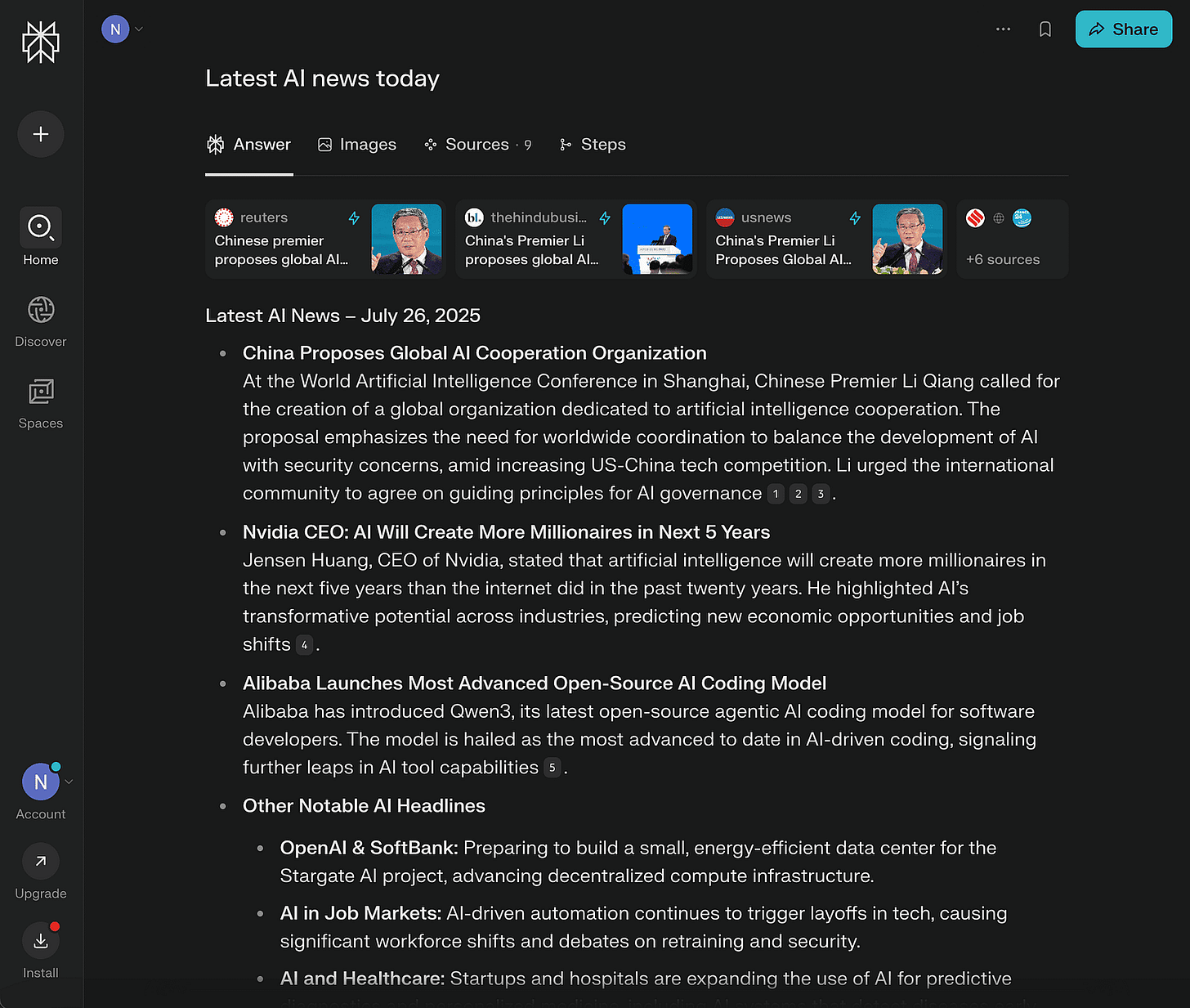
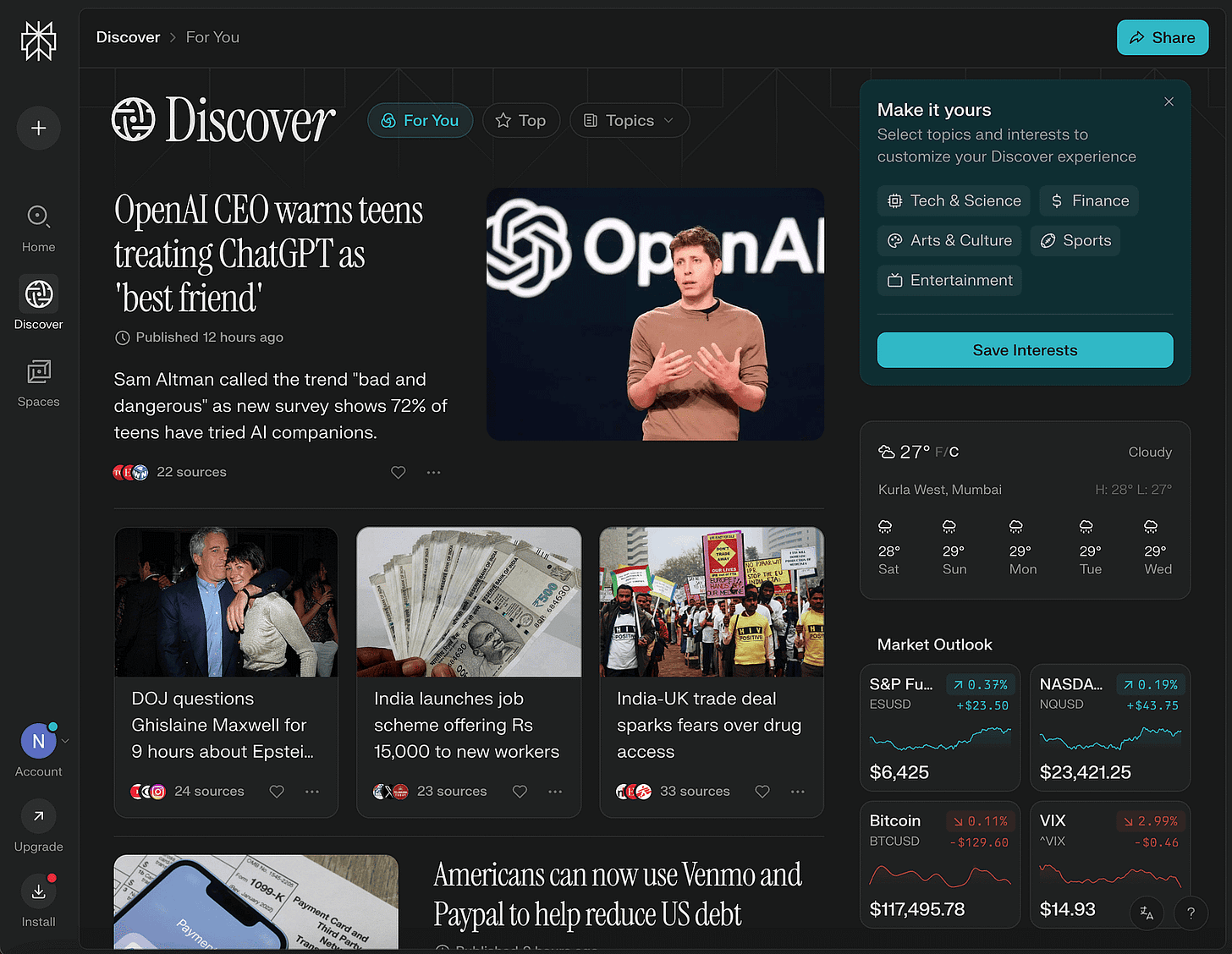


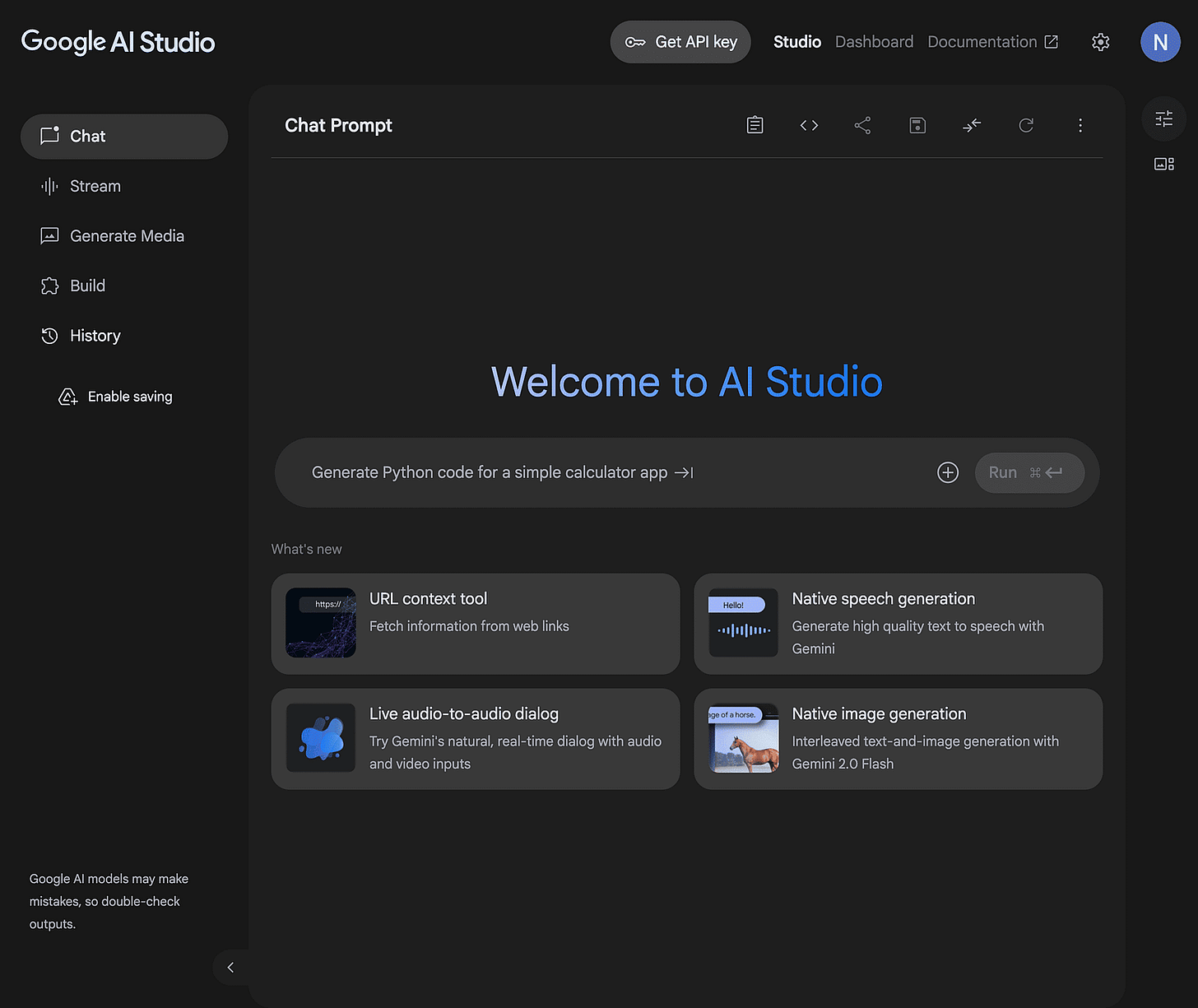
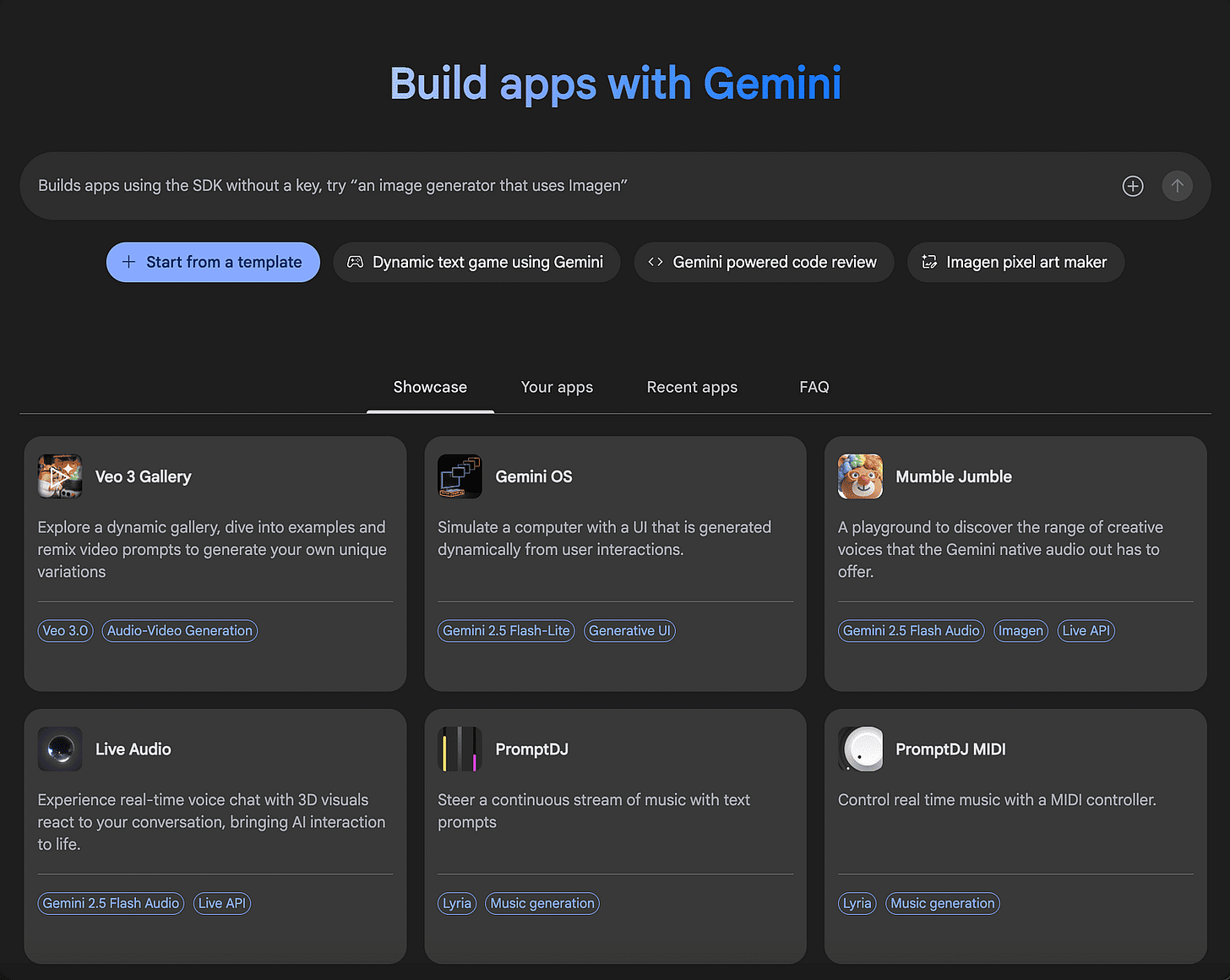


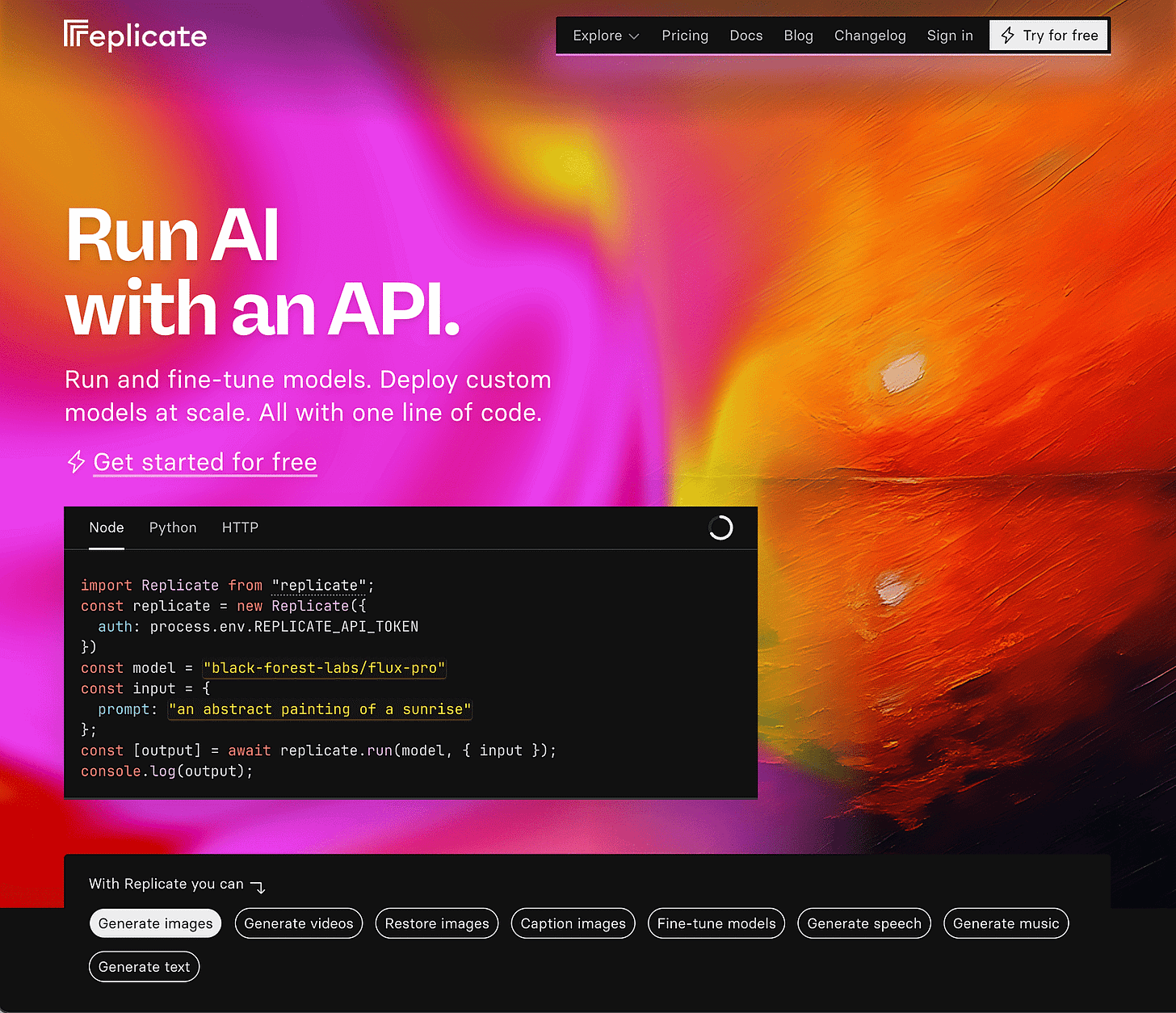
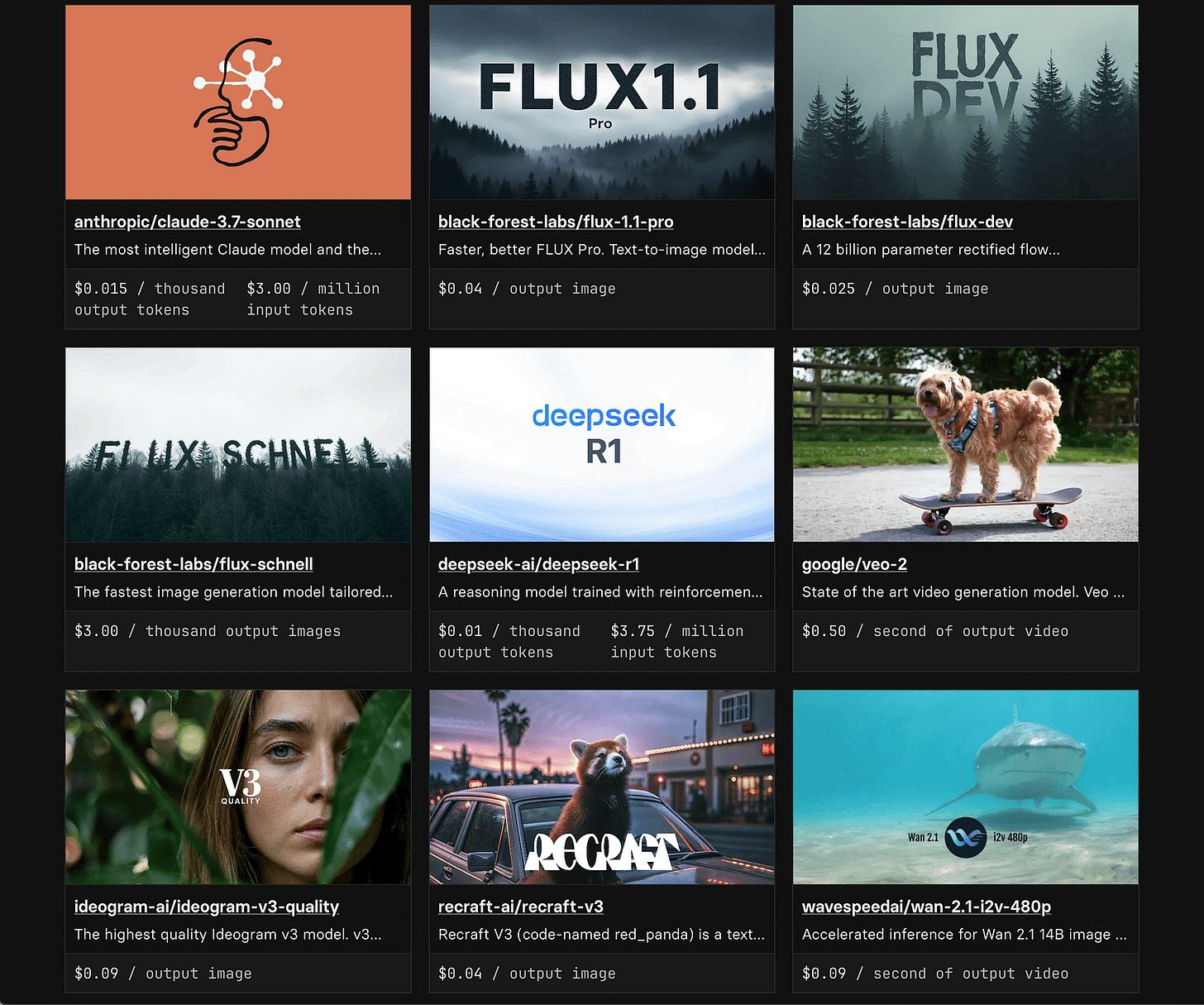

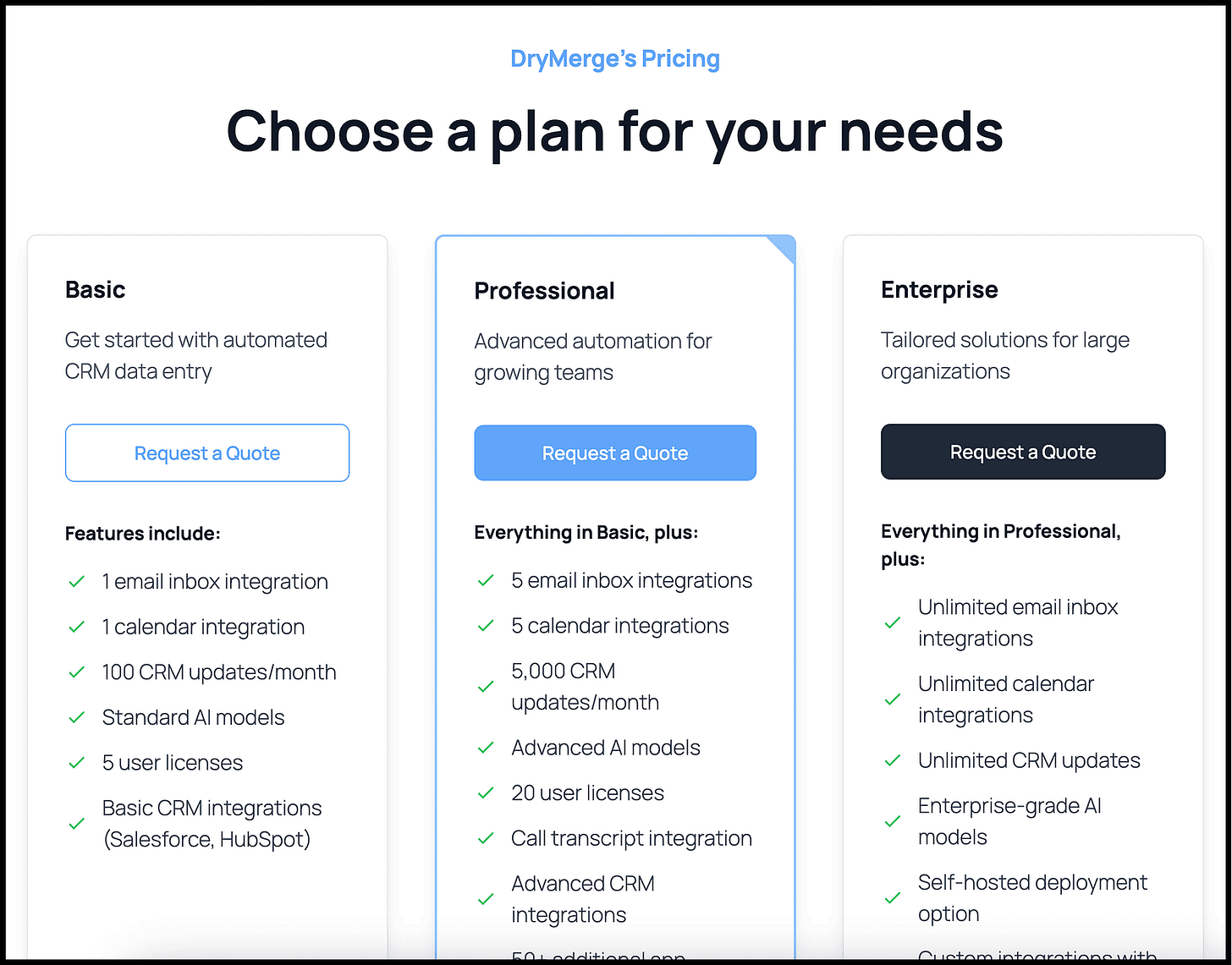
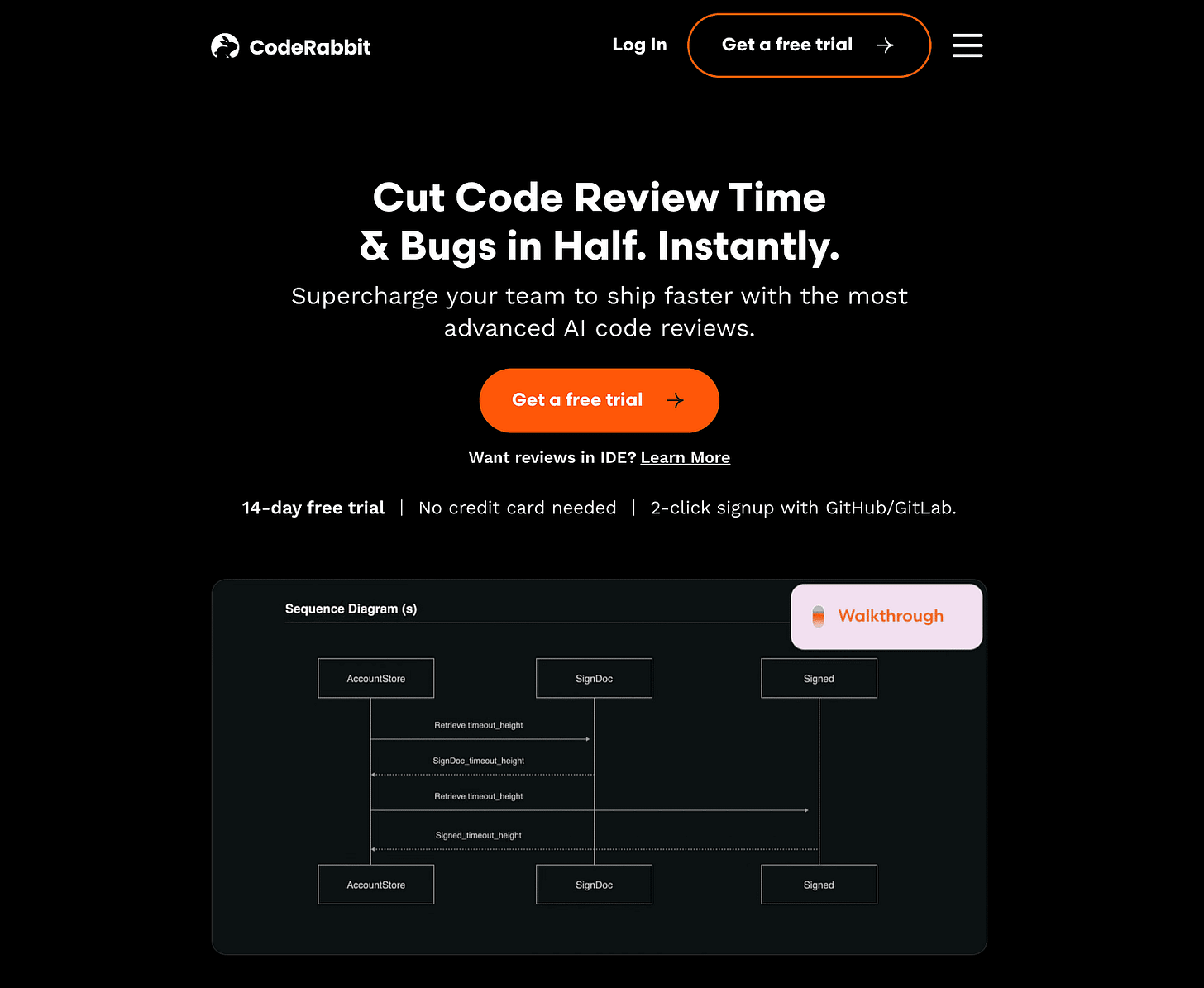
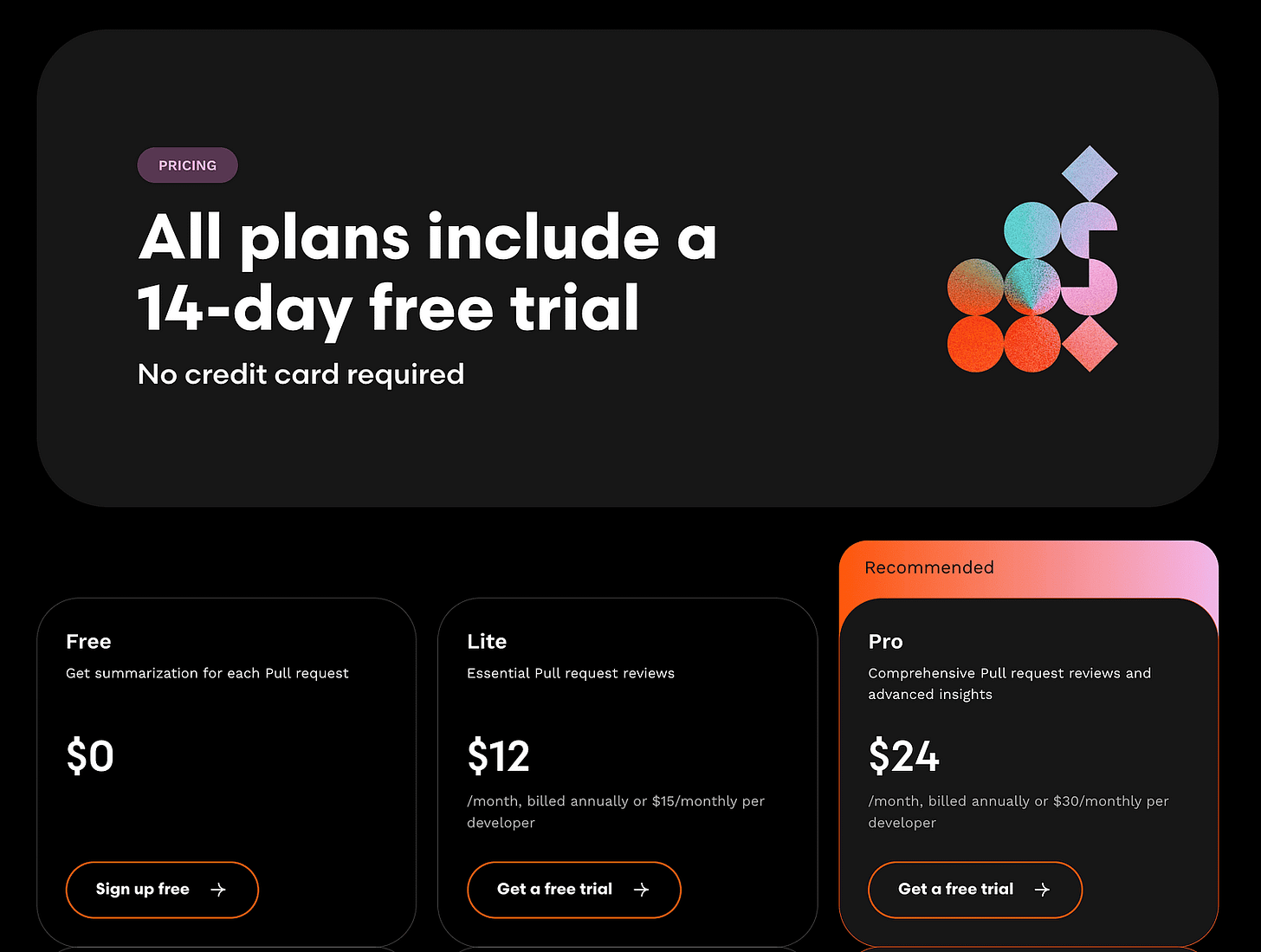
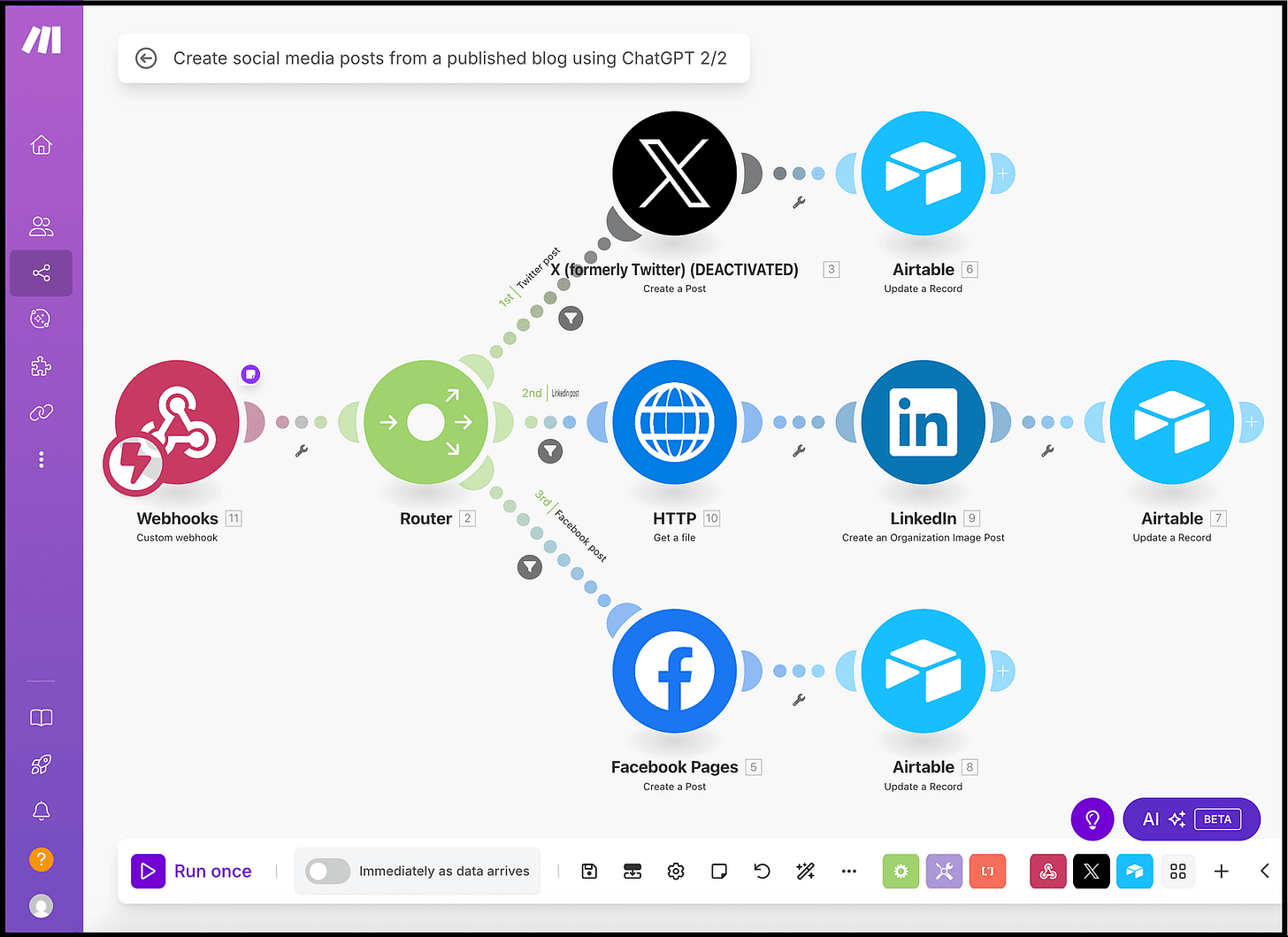

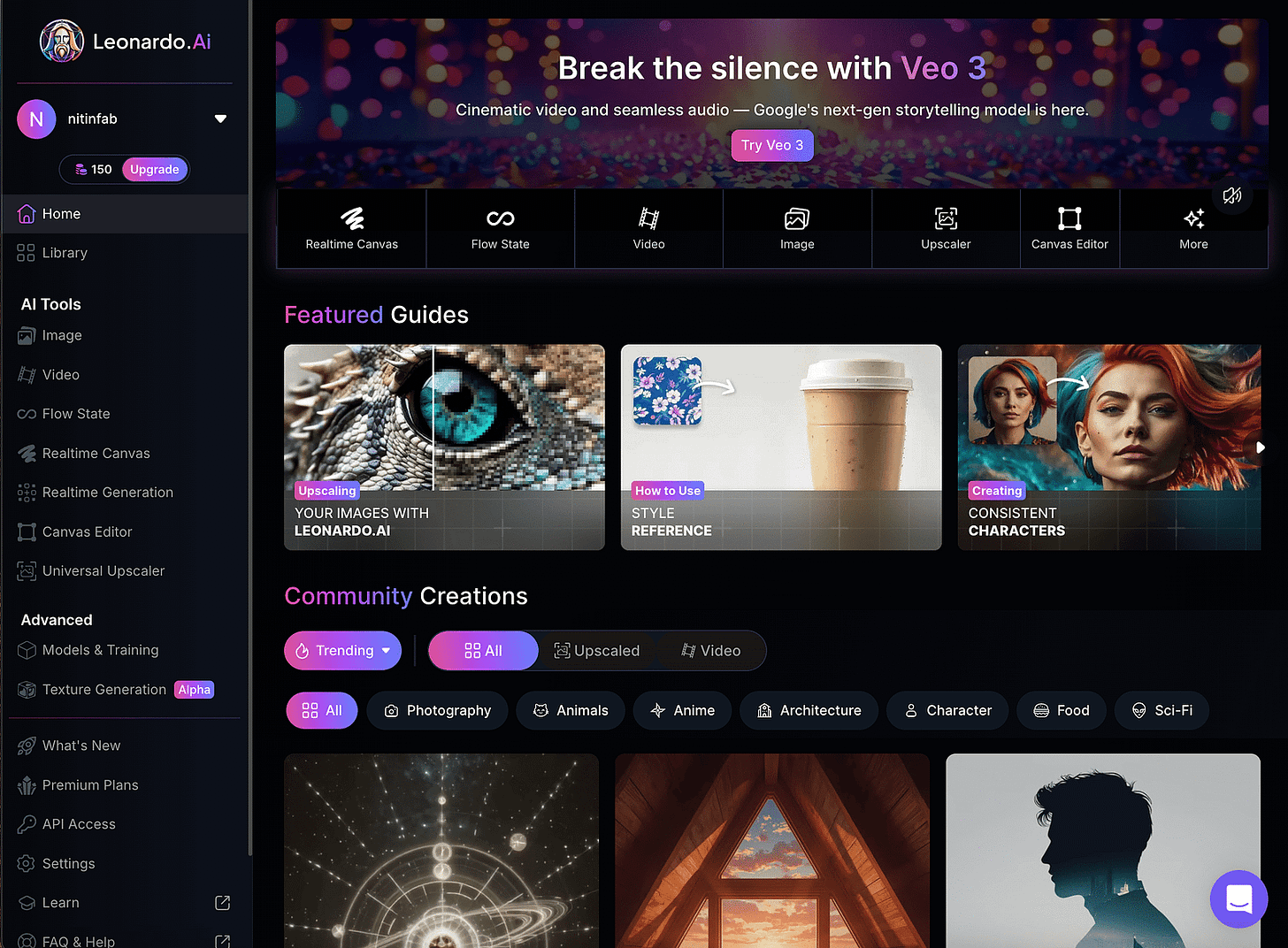
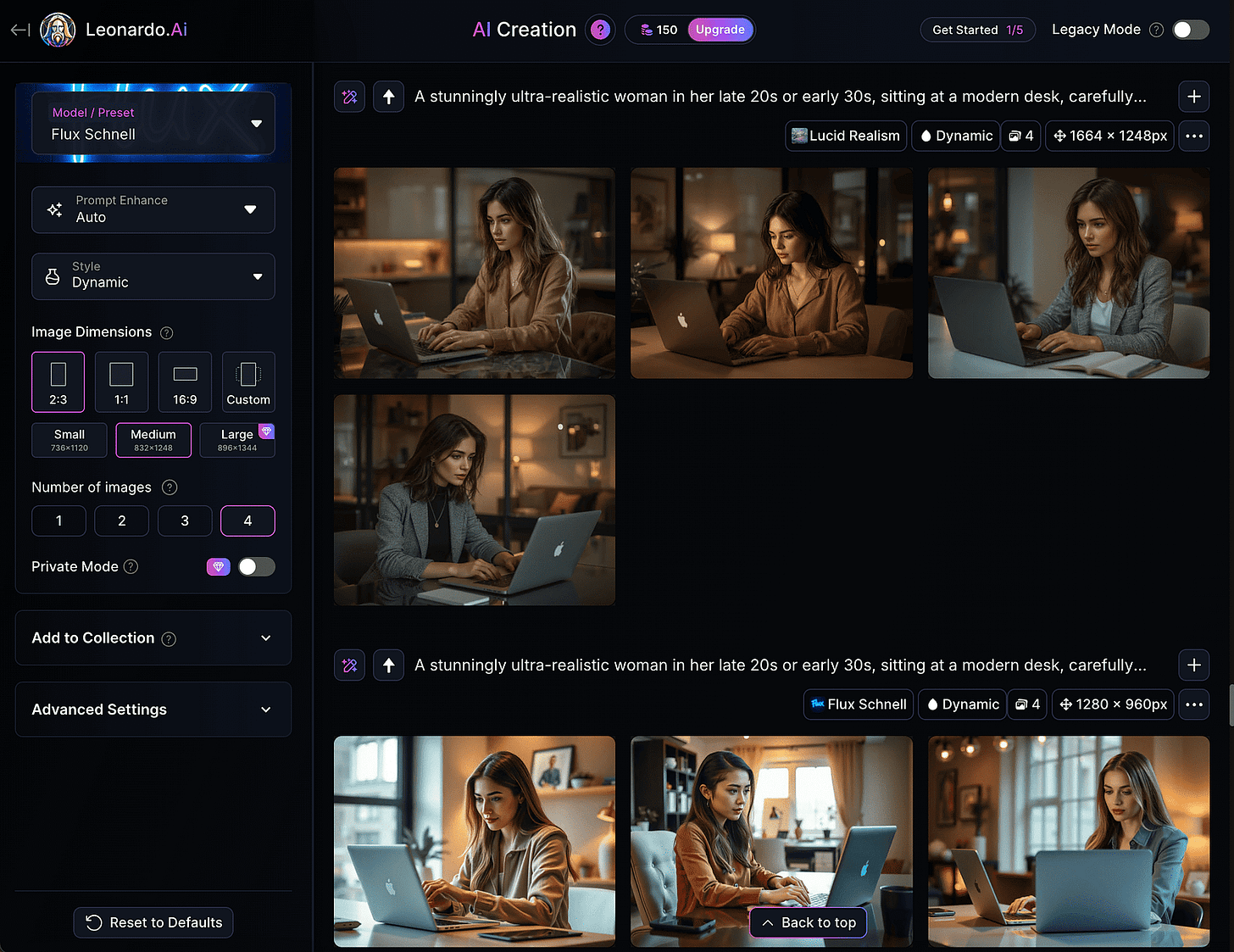
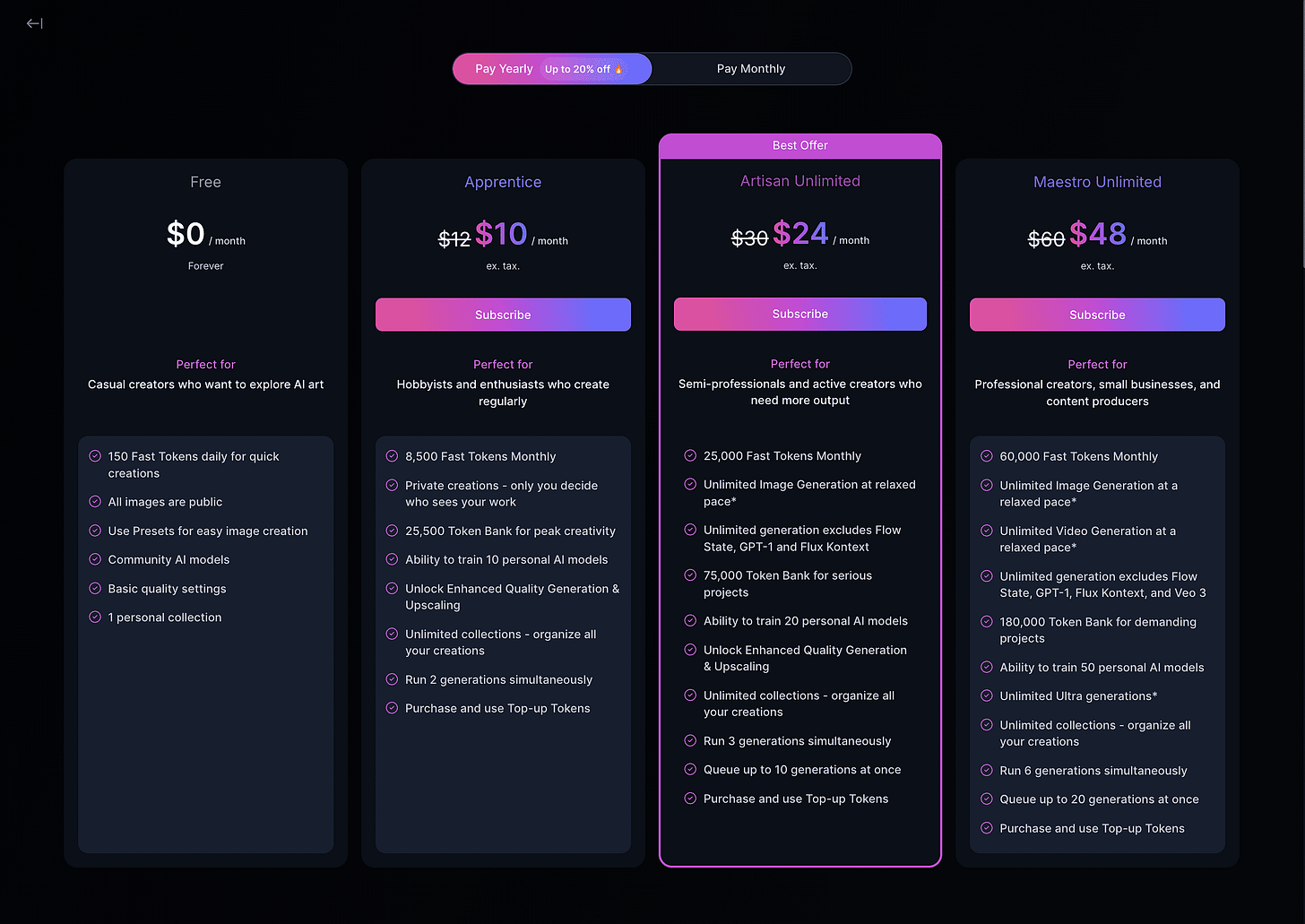
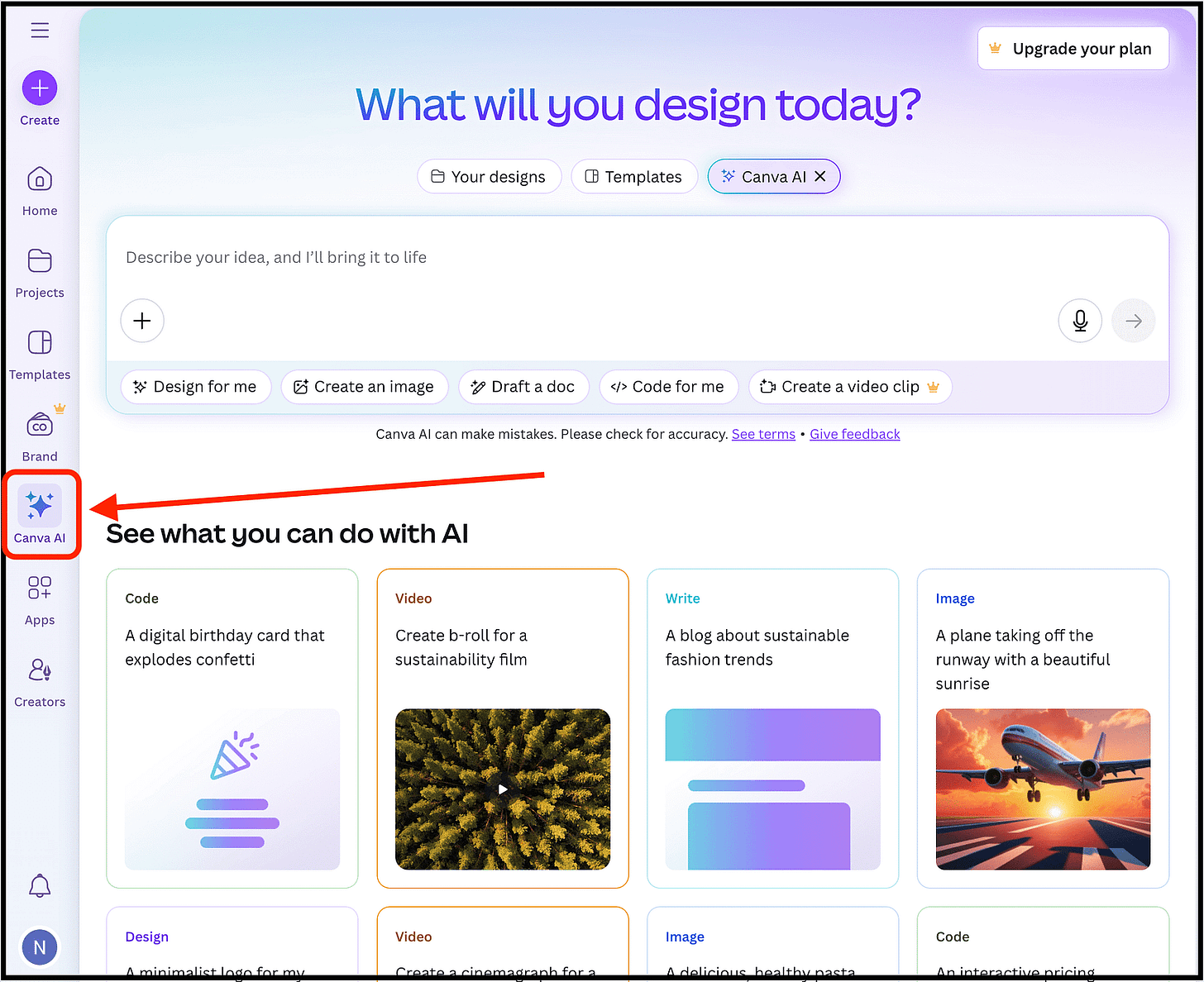

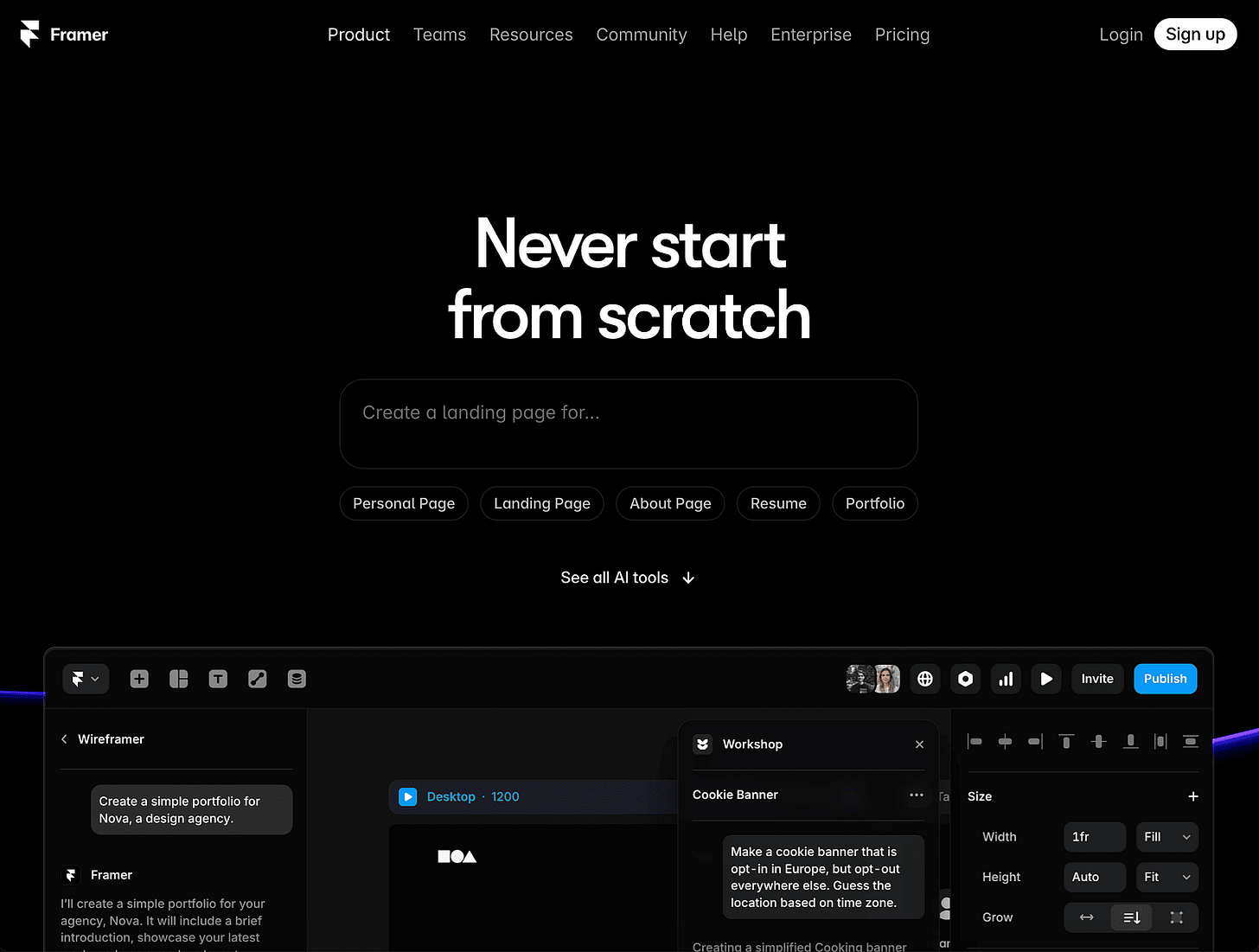
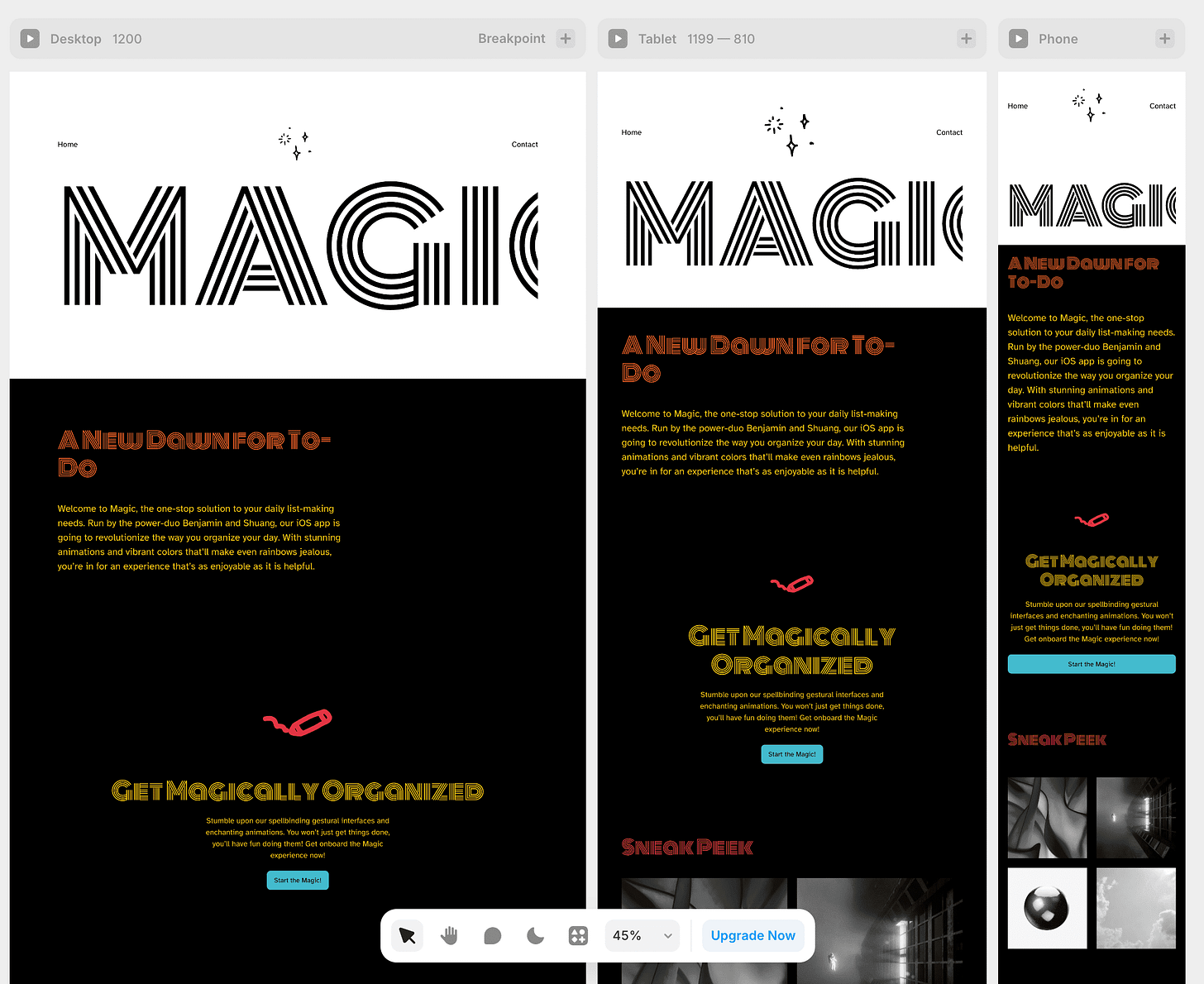


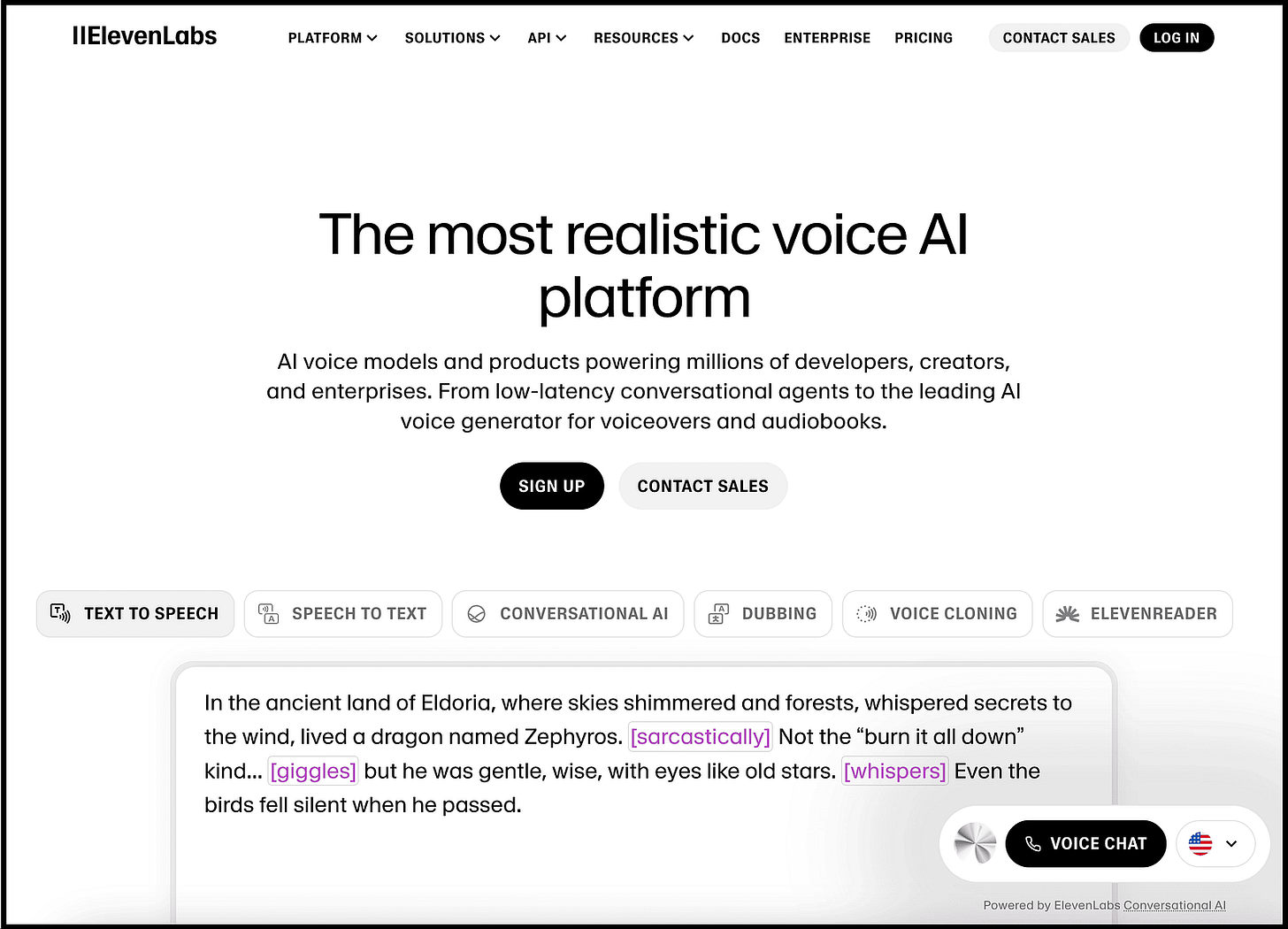
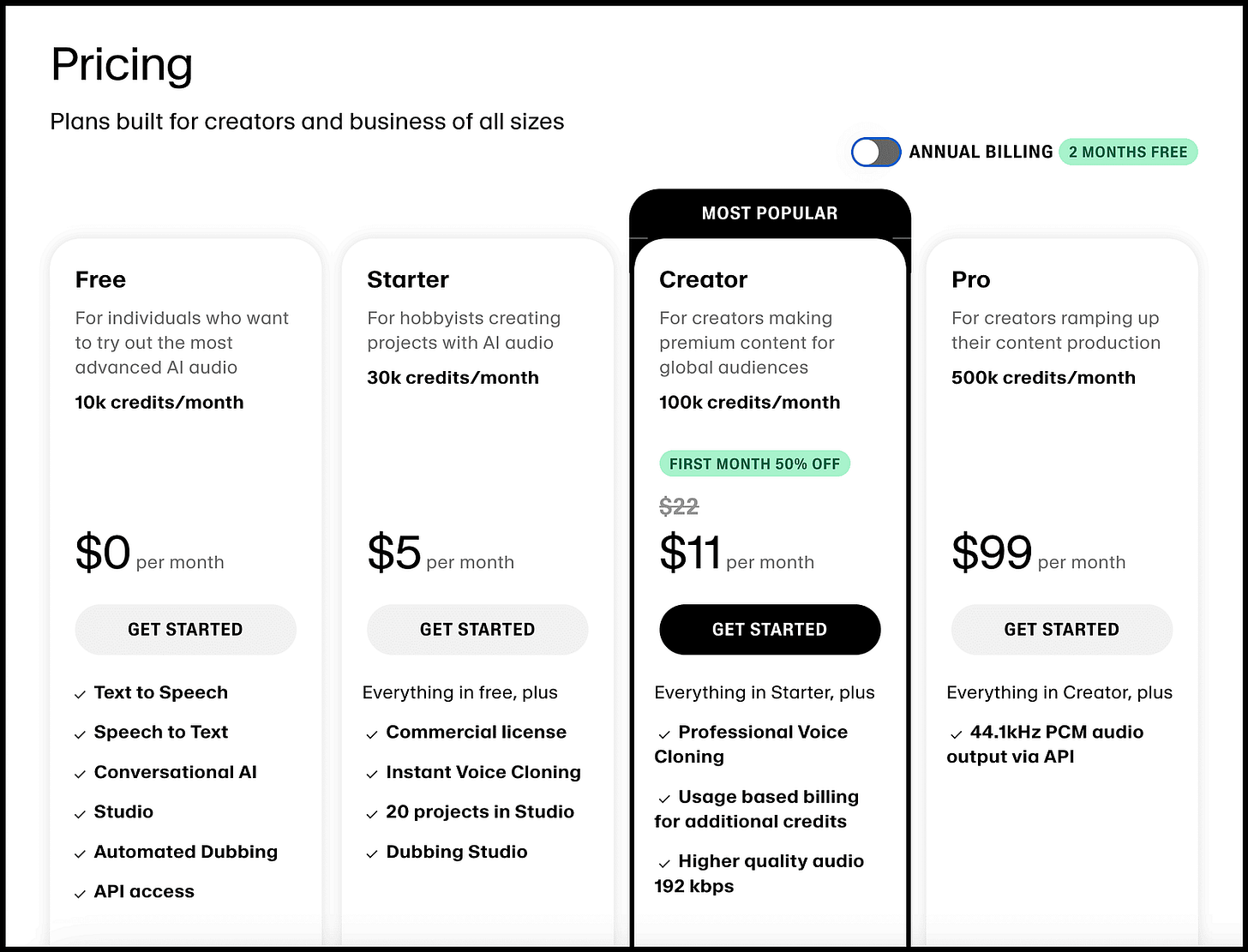
Power doesn’t live in Perplexity or Gemini—it lives in the questions you ask, the constraints you set, and the taste you enforce.
Autopilot without a flight plan is drift.
If a tool doesn’t compress time-to-answer, time-to-value, or time-to-revenue, it’s theater.
Swap “What tool?” for “What bottleneck?” and the edge compounds.
Add slowly, delete aggressively; subtraction scales, addition seduces.
And above all—own your data and distribution, or you’re just renting productivity.